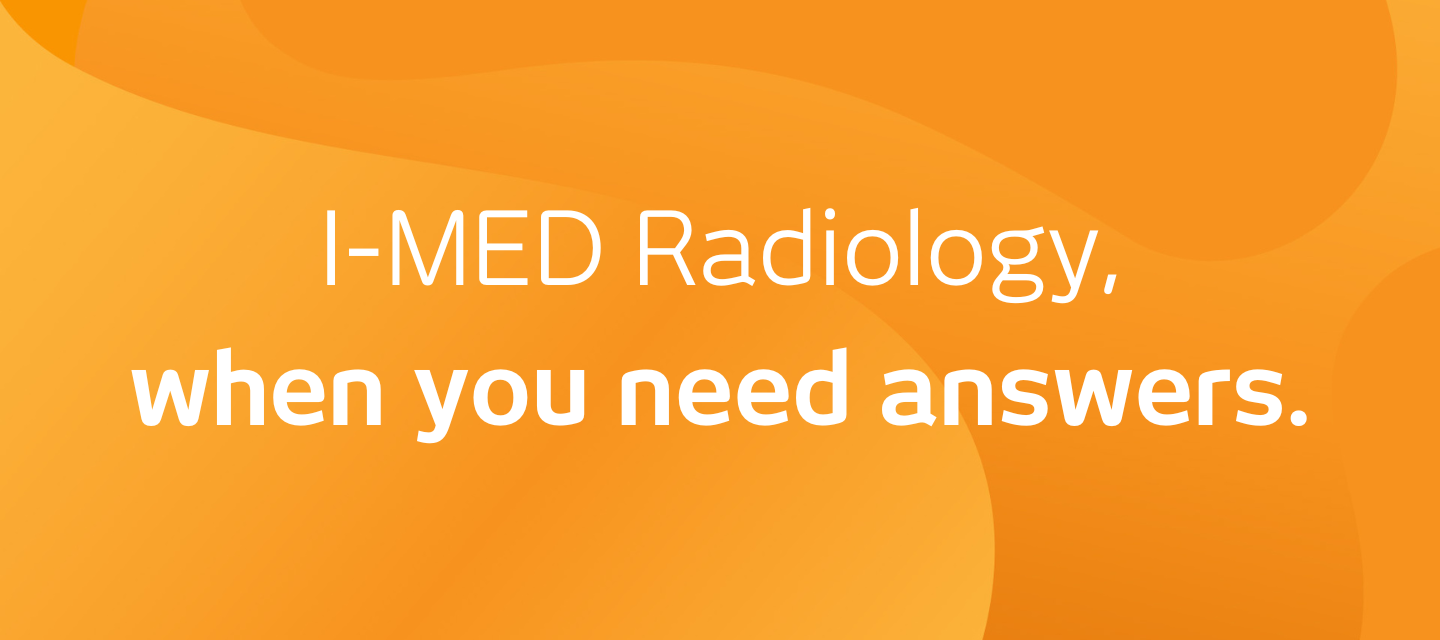
Bursal injection
Bursal injection
What is a bursal injection?
A bursa is a soft tissue space between two structures, such as bone, muscle, tendon and skin, which allows the structures to slide over one another. Soft tissue, such as muscle, fat and skin, connects and surrounds the bones and internal organs of the body.
The most commonly injected bursas are around the shoulder (subacromial bursa) and hip (trochanteric (submaximus) bursa), but a bursal injection might also be helpful in many other areas of the body. These include the elbow (olecranon bursa) and the knee (prepatellar bursa).
Ultrasound is most often used to guide the placement of a needle directly into the bursa, with an injection of corticosteroid (‘cortisone’ or ‘steroid’) and local anaesthetic medication.
Why would I have been referred for this procedure? keyboard_arrow_down
Your medical practitioner would refer you for this procedure if bursitis was thought to be the cause of your symptoms. Bursitis (inflammation of a bursa) is a common cause of soft tissue pain. Movement of the affected area might be painful and you might also have reduced movement. Injection of a small dose of corticosteroid and local anaesthetic into the bursa might relieve these symptoms by reducing inflammation in or around the bursa. Bursitis in the shoulder might also be felt as pain in the upper arm.
Bursitis around the hip is usually over the lateral aspect (outside) of the hip, where the gluteal muscles are located. These muscles lie within your buttock, and extend to the top and outside of the upper femur (leg bone). You are more likely to feel focal tenderness (pain when pressing) over the bone on the outside of the hip, and pain can sometimes go down the outside of your thigh. Both shoulder and lateral hip bursitis can give you pain at night and disturb your sleep.
How do I prepare for a bursal injection?
keyboard_arrow_down
No specific preparation is needed. You should bring any previous x-rays, ultrasound, computed tomography (CT) or magnetic resonance imaging (MRI) scans to the appointment.
When you make your appointment for the bursal injection, you need to let our staff know if you are taking any blood thinning medication, particularly warfarin.
Blood thinning medications might need to be stopped for a period of days, or your normal dose reduced, before this procedure is carried out. I-MED staff or your referring practitioner will give you specific instructions about whether you need to stop or reduce the medication and when to restart the medication. These medications are usually prescribed to prevent stroke or heart attack, so it is very important that you do not stop taking them without being instructed to do so by your by your referring practitioner or I-MED Radiology, or both.
A blood test might be required to check your blood clotting on the day of the procedure.
Continue with pain medication and other medications as usual.
What happens during a bursal injection?
keyboard_arrow_down
You will most likely be asked to change into a gown. This will depend on the area that is being injected. You will lie on a scanning bed or sit in a chair in a comfortable position, usually in an ultrasound room. A radiologist and/or the sonographer (ultrasound technician) will explain the procedure to you. You will be able to ask any questions.
The area to be injected is imaged to locate the bursa. Sometimes a mark is placed on the skin by the radiologist to help guide the needle into the correct place. The skin is then cleaned with antiseptic liquid. A fine needle is passed directly into the bursa using ultrasound images to guide the placement of the needle. Occasionally, the needle is inserted at the point of maximum tenderness for a lateral hip injection, without using ultrasound guidance. A small amount of corticosteroid and local anaesthetic (usually just a few millilitres) is injected and the needle is removed. The injection part of the procedure is usually over in less than a minute. Most people are surprised by how quick the procedure is.
Once the procedure is completed, the radiologist will give you some instructions. These will generally include completely resting the limb or the part of the body injected for six hours, and limiting its use for between one and three days, sometimes longer.
Are there any after effects of a bursal injection?
keyboard_arrow_down
As with any injection, there is sometimes a dull ache for a few hours after the procedure. There might be an area of numbness around the injection site, for one or two hours, due to the local anaesthetic. Some bruising and a few spots of blood at the site of the injection might occur.
The corticosteroid does not usually start working for 24 hours, and sometimes this takes up to three days. During this time, the normal symptoms might continue or occasionally worsen. If symptoms are much worse, it generally indicates a reaction to part of the injected medication or to the injection itself. If you find this worrying or distressing, you should consult your referring practitioner or GP.
Sometimes people can experience general reactions, such as flushing and redness of the body and face. These reactions are related to the absorption of the corticosteroid into the body and usually occur over the first few days. In diabetics, the absorption of the corticosteroid can increase the blood sugar levels (BSL) for a few days. It is recommended that BSL are checked several hours after the procedure.
How long does a bursal injection take? keyboard_arrow_down
The actual procedure itself usually takes approximately five minutes. The entire procedure, (including preparation) takes approximately 15 minutes. If your referring practitioner has requested an ultrasound to assess the area as well as an injection, this can take up to 30 minutes.
What are the risks of a bursal injection? keyboard_arrow_down
This is a very safe procedure with few significant risks. Few people complain of side-effects, however occasionally patients experience some.
- The commonest complaint is a temporary worsening of the symptoms over one, two or even three days.
- Very rarely, an injection of corticosteroid and anaesthetic can cause an allergic reaction. The exact risk of this is not known. People are sometimes allergic to the antiseptic solution and dressings/bandaids.
- There is a very small risk of infection, which is minimised by the radiologist carrying out the procedure in clean conditions. The injection will not be administered if there is broken skin or infection in the skin over the bursal area, or if the bursa might already be infected. If symptoms do not settle or get worse, particularly if you feel unwell or have a temperature, you should see your GP.
- There is a very small risk of damage to the soft tissues at the injection site. This is called tissue atrophy, which is a thinning or scarring of the skin or subcutaneous fat (fat found just beneath the skin), and can occur when the injected medication is very close to the surface. Tissue atrophy can also affect deeper structures in the body. This is more likely with repeated injections at the same location.
- Some people find that the injection gives them pain relief for a few months, but then the pain comes back and they wonder about the safety of having another injection. Although the exact risk of multiple injections is not known, most medical practitioners would advise against having a bursal injection more than three to four times a year to avoid tissue atrophy. This is more important when the injection is carried out in areas where there is already significant wear or tear (partly torn tendons or ligaments).
What are the benefits of a bursal injection?
keyboard_arrow_down
The aim of a bursal injection is primarily to reduce any inflammation in or around the bursa by injecting a small dose of corticosteroid and local anaesthetic. This should result in pain relief and swelling reduction.
Sometimes the injection is carried out to assess if the bursa is the cause of your pain. A good response to the injection confirms that the source of pain is the bursa that was injected. If there is no improvement in your pain, it is unlikely to be arising from the bursa or the adjacent structures. This can be helpful information for your own doctor, as it means that other causes need to be investigated.
How do I get my results? keyboard_arrow_down
Your doctor will receive a written report on your test as soon as is practicable.
It is very important that you discuss the results with the doctor who referred you so they can explain what the results mean for you.
Most results are normal. Occasionally, small changes are seen that need further review.
If your results are normal you will be able to return for routine screening (usually every 2 years). If your results are uncertain or show changes you may need to consider additional imaging (diagnostic mammogram, ultrasound, or biopsy) in discussion with your referring doctor.
Related procedures

This information has been reviewed and approved by Dr Ronald Shnier (I-MED Chief Medical Officer).
Related articles

Related procedures

This information has been reviewed and approved by Dr Ronald Shnier (I-MED Chief Medical Officer).
Related articles

